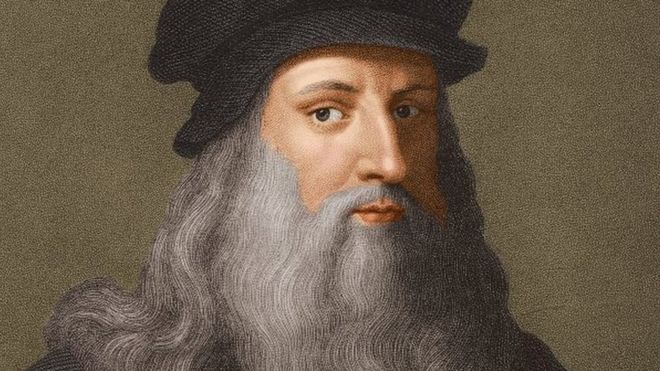
A look at the life and work of the world’s greatest polymath, from his paintings to his inventions to his philosophical ideas.
1. Introduction
Leonardo da Vinci, a name synonymous with genius, innovation, and boundless creativity.
As a painter, inventor, scientist, and philosopher, da Vinci’s extraordinary talents spanned multiple disciplines, making him the quintessential Renaissance polymath.
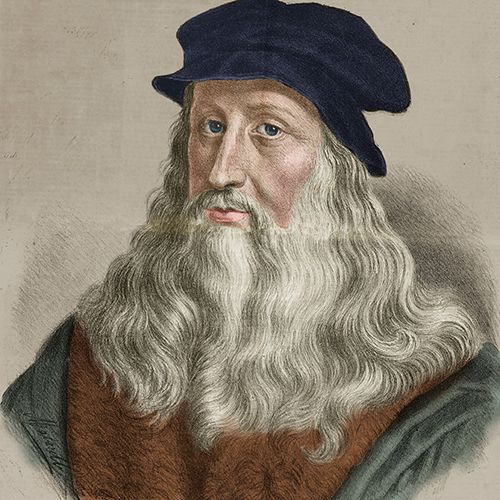
Join us as we embark on a captivating journey through the life and work of Leonardo da Vinci, unravelling the secrets behind his timeless paintings, visionary inventions, and profound philosophical ideas.
2. The Early Years
Born in Vinci, Italy, in 1452, Leonardo da Vinci displayed an insatiable curiosity and an innate talent for artistic expression from a young age.
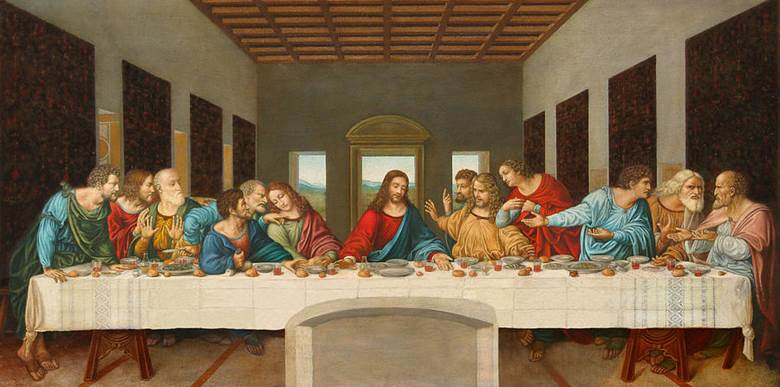
Apprenticed to the renowned artist Andrea del Verrocchio, da Vinci honed his skills as a painter while immersing himself in a world of scientific inquiry and intellectual pursuits.
These formative years set the stage for his remarkable contributions to art, science, and the human understanding.
3. Mona Lisa and The Last Supper
Leonardo da Vinci’s artistic prowess is perhaps best encapsulated by two of his most iconic paintings: the enigmatic Mona Lisa and the captivating fresco, The Last Supper.
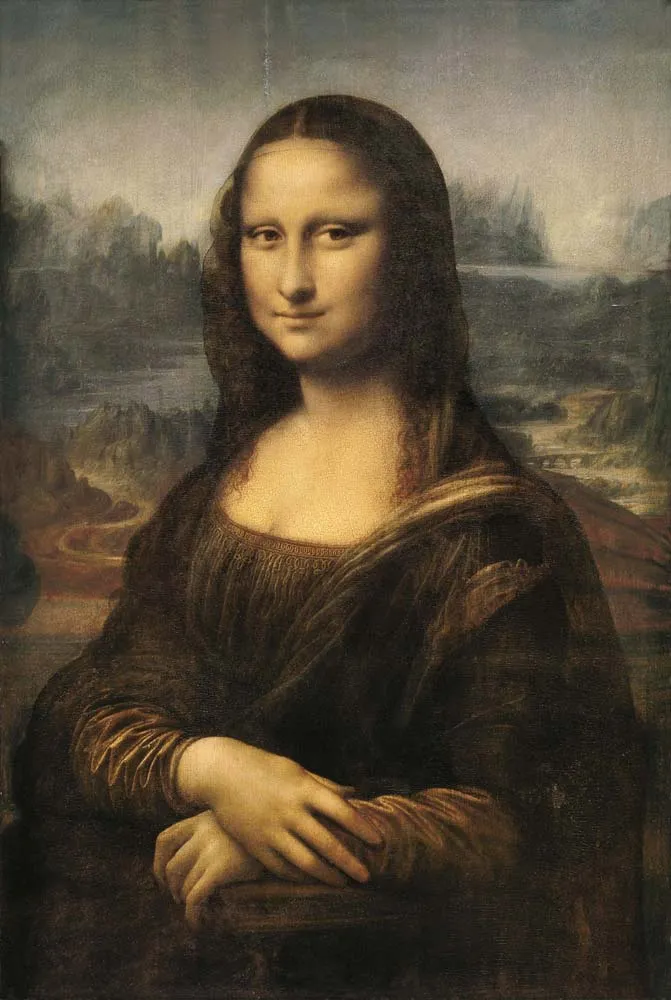
The Mona Lisa, with her mysterious smile and meticulous brushwork, continues to captivate audiences worldwide, while The Last Supper, an awe-inspiring portrayal of biblical narrative, showcases da Vinci’s mastery of perspective and composition.
These works exemplify his ability to breathe life into his subjects and evoke emotion through his art.
4. Inventions Ahead of His Time
Da Vinci’s insatiable curiosity and imaginative mind led him to conceive a myriad of visionary inventions that were centuries ahead of their time.

From flying machines and underwater exploration devices to the precursor of the modern-day helicopter, his sketches and designs showcased his forward-thinking nature and keen understanding of engineering principles.
Although many of his inventions were not realized during his lifetime, they laid the foundation for future breakthroughs.
5. Scientific Inquiries and Observations
Leonardo da Vinci’s intellectual pursuits extended beyond art and invention. His meticulous observations and scientific experiments revolutionized fields such as anatomy, geology, and engineering.
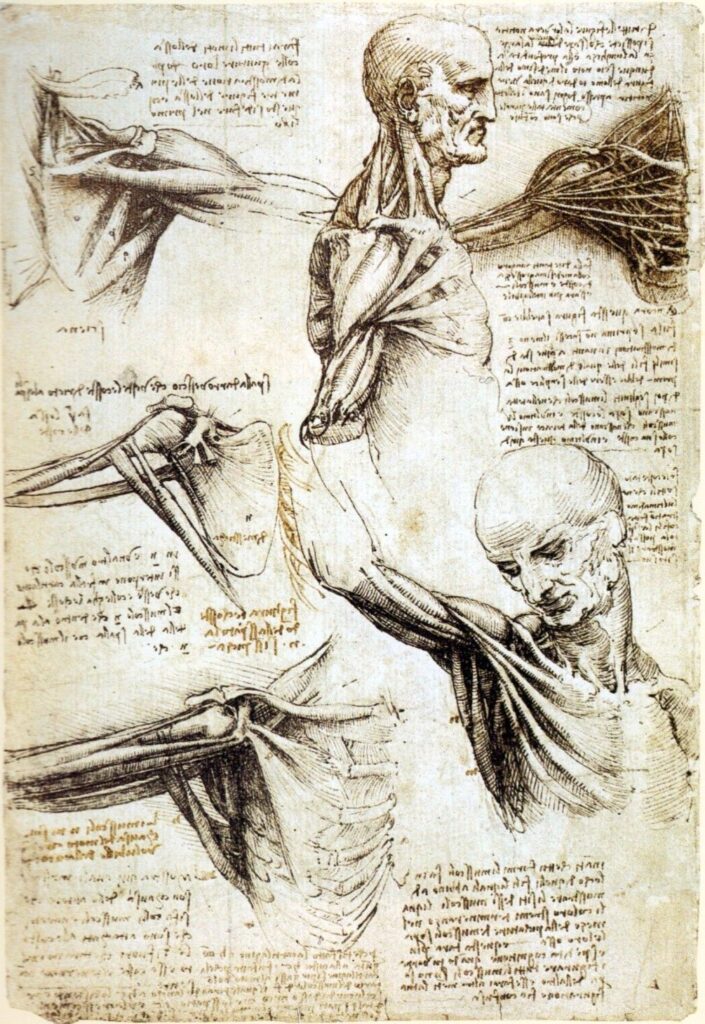
Through his anatomical studies, da Vinci dissected cadavers, producing detailed drawings that advanced medical knowledge.
His investigations into the natural world and geological formations revealed a deep curiosity and a desire to uncover the secrets of the universe.
6. The Philosophy of the Renaissance Man
Leonardo da Vinci embodied the Renaissance ideal of the “universal man” or “Renaissance man.”
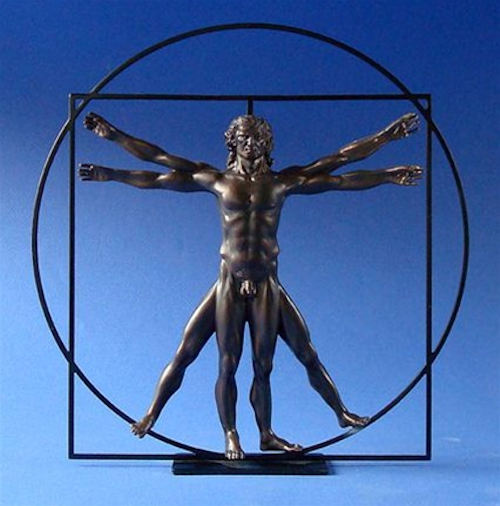
He believed in the pursuit of knowledge across multiple disciplines, advocating for the holistic development of the human mind and the harmonious blending of art and science.
His philosophical ideas emphasized the interconnectedness of all things and the importance of observation and empirical evidence in understanding the world.
7. Legacy and Influence
Leonardo da Vinci’s impact reverberates through the ages, as his work continues to inspire and captivate the world.
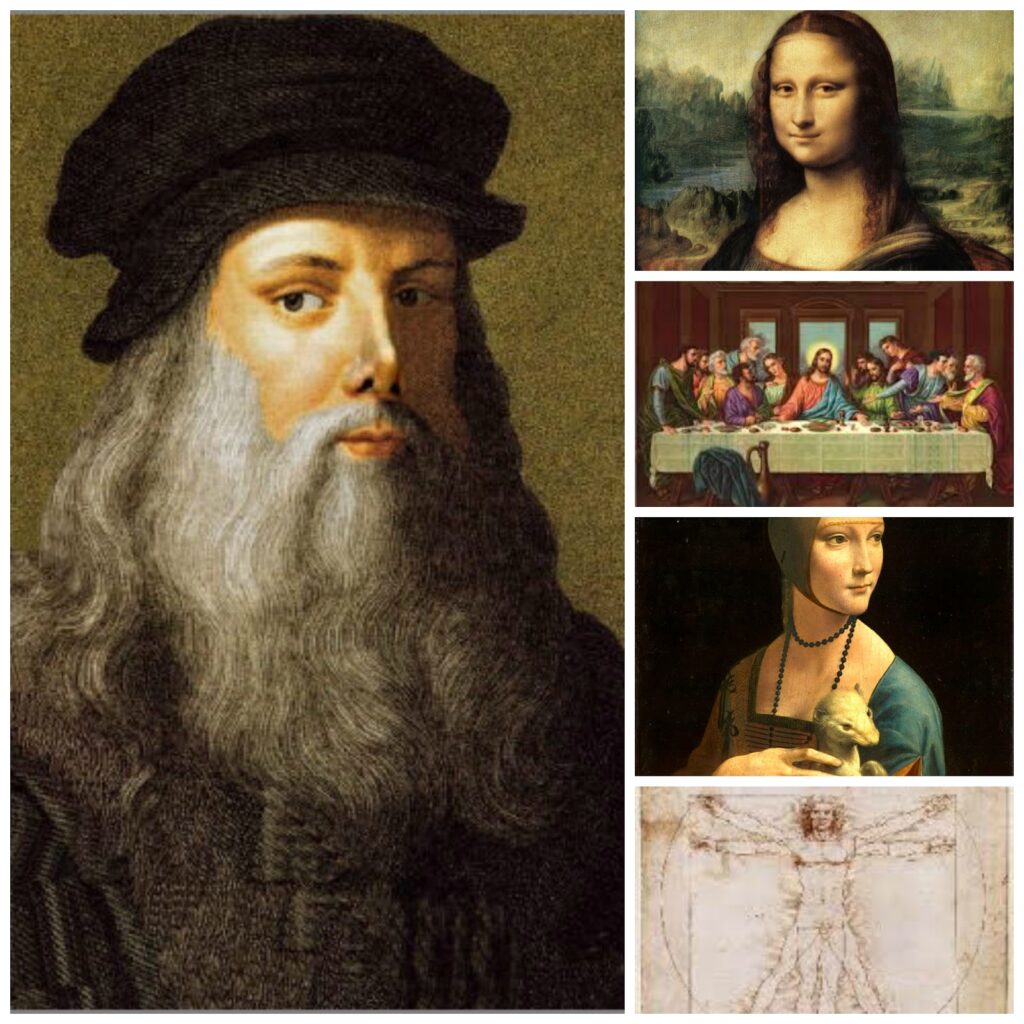
His artistic techniques, scientific inquiries, and philosophical ideas set new standards for generations of artists, scientists, and thinkers to come.
His insatiable curiosity, unwavering dedication to his craft, and boundless imagination continue to serve as a beacon of inspiration for those who dare to explore the depths of their own potential.
8. Conclusion
Leonardo da Vinci, the epitome of genius and creativity, left an indelible mark on the world through his exceptional artistic masterpieces, visionary inventions, and profound philosophical ideas.
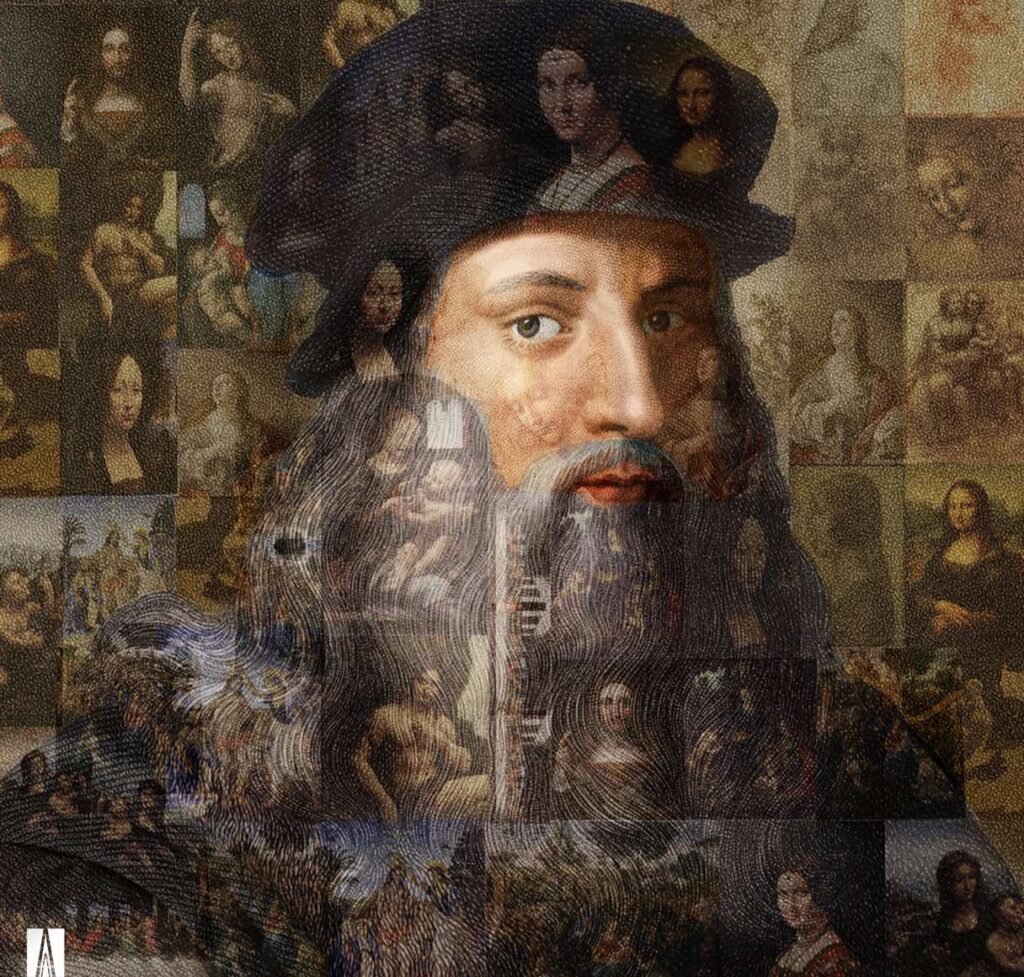
His insatiable curiosity, insurmountable talent, and multidisciplinary approach continue to captivate and inspire generations.
Leonardo da Vinci, the quintessential Renaissance polymath, remains a timeless symbol of human potential, reminding us to embrace our curiosity, nurture our creativity, and leave an enduring legacy in the pursuit of knowledge and self-expression.
